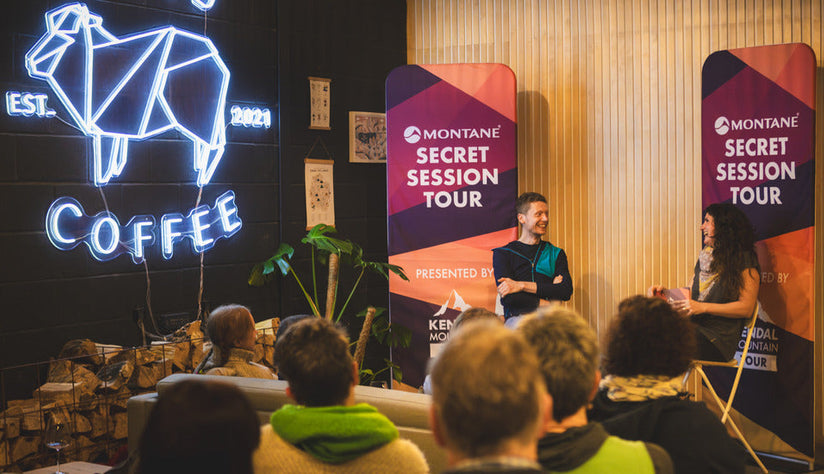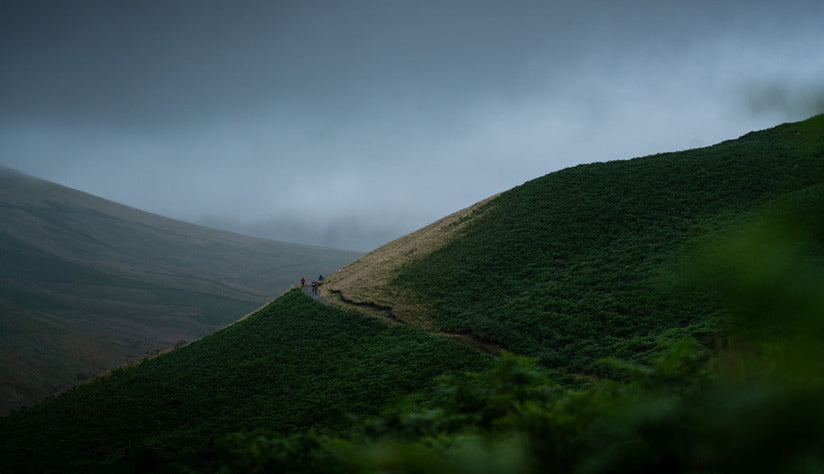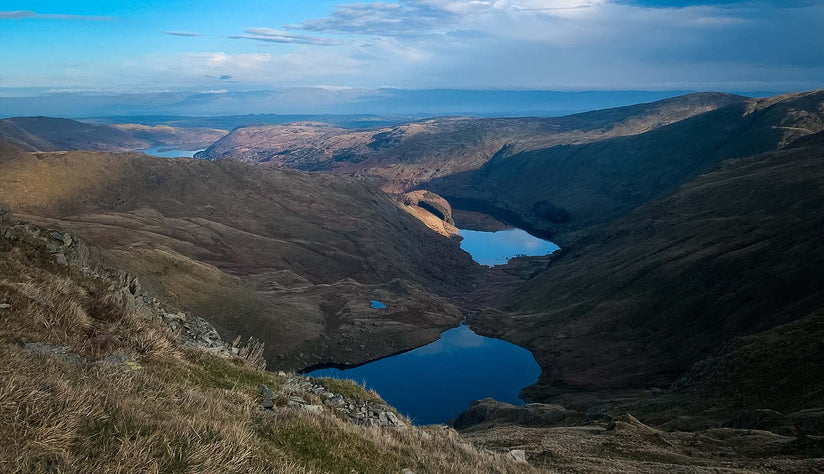Failure (on the) Face
Following on from his recent expedition to (try and) climb Cerro Torre in Patagonia, Tom reflects on the nature of success, the lessons of failure, and the importance of approaching both positively in order to grow.

I’ve just come off the back of two ‘failed’ expeditions. That’s a lot of money, time and emotions wasted! But are they really wasted? Surely everything we do is experience for the future? What’s important is thinking positive (that mug is half full of weak tea), which admittedly I’m not great at (thinking positive I mean, I’m great at making weak tea!), preferring to view the world through dark tinted shades, or is that just me trying to look cool? So - thinking positive - we certainly learn more from a failure than we do a success. With a success, we just congratulate ourselves and move on.
With a failure, we analyse what went wrong. Pick apart the decisions we made, try not to make the same mistakes again. Often turning back can be a harder decision than moving on. But not turning back in time can be disastrous. Why bother going in the first place? Because climbing a mountain by an unclimbed route can be extremely gratifying, a great feeling of achievement. But failing on that same route is just downright gut-wrenching. The important thing is to channel the disappointment towards attainment next time around.
Let’s look at a few things I learned from Pakistan;
- In an exploratory expedition, you need more time.
- Turns out mountains in the Himalayas are way, way bigger and more complex than they look. Don’t underestimate them! (don’t underestimate any mountain).
- On a big mountain, if a line looks ‘easy’ then it will be a boring slog and probably present a lot of objective danger. Steep, hard and technical is the way.
- Never listen to an Italian weather forecast! (sorry Daniele)
This is how I applied these lessons to Patagonia (or at least tried to);
Six weeks is enough time to climb a new route on Cerro Torre, right? (Wrong!) I took my time, I was very wary of the glacial approaches to Cerro Torre, especially during the first 10days before Marcin arrived. Then we had such changeable conditions (warm weather, strong winds, heavy snow, then strong winds again removing the fresh snow) that approaching our intended line became unjustifiable. We were glad to see the Japanese pair turn back halfway to Col Standarht, whilst we were slogging up the opposite side of the Torre Valley, because snow conditions were incredibly dangerous that day. Then he was blown into a crevasse by the wind!
In terms of weather forecasting, it’s more predictable for the Chalten Massif ie. always windy! The mountains are a lot smaller - similar in height (but more remote than the Alps) but boy do they kick ass! I already knew before I went there that there was only a very slim chance of attaining our goal, for so many reasons. But if it was easy then it wouldn’t be worth it. Success is so much sweeter after jumping over all those sugary hurdles! In both cases, it came down to not getting the required weather window. You can have all the time in the world and be both acclimatized and well prepared, but if the weather and conditions don’t play ball then you’re sunk.












